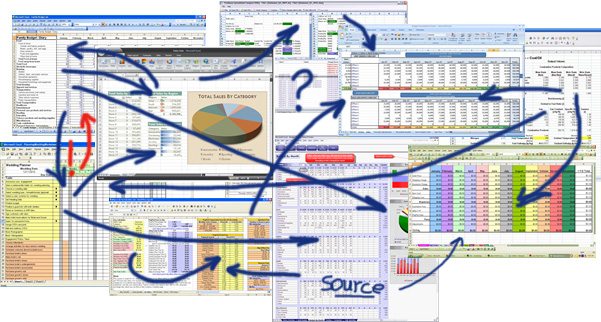One of the key factors for successful Digital Transformation is to supply required data to all those involved in a business process and also to obtain in return relevant data. Information is kept in enterprise systems of record (ERP, CRM … ) but also in specialized databases, in spreadsheets and in digital documents. A lot of this information is dynamic and evolves with the activities of the business and its partners, so it must be shared securely between many people and locations.
Let’s look at some cases where effective and efficient information flow is highly desirable :
- Employees in the field, for example at the customer’s premises or at a construction site, need just the right information (related to location of equipment, parts, health and safety …) to perform their tasks and also must be able to enter data that will be required for subsequent steps (such as ordering materials or parts, billing, corrective actions …). Ideally, the information must be made available to the involved persons just in time, on mobile devices. Otherwise, collaboration between the people involved in a business process may be delayed while waiting for important information.

- The partners that participate in your business activities should have access to, and update if required, the relevant data for the job, but not more. The data to provide may come from many internal systems and ideally should be organized and presented specifically for the tasks that will use it. Also, sending a larger amount of data than necessary to outside partners is a security risk; it is preferable that each user accesses only the filtered subset that concerns him or her and that we can trace when the data was accessed or updated.

However, some commonly used methods for sharing information are not optimal :
- When spreadsheets have to be updated by multiple users within a business process, there is a risk of inadvertently overwriting some data. For example, the sequence in which the updates are made may be critical and data entries must be validated according to specific rules.

- Information is sometimes sent to, or received from, employees or partners by means of digital documents, such as attachments or links in emails. When one wants to analyze this data by computer, this requires manual operations (such as copy-paste, splitting or merging, re-typing …) which are error prone and time consuming.
